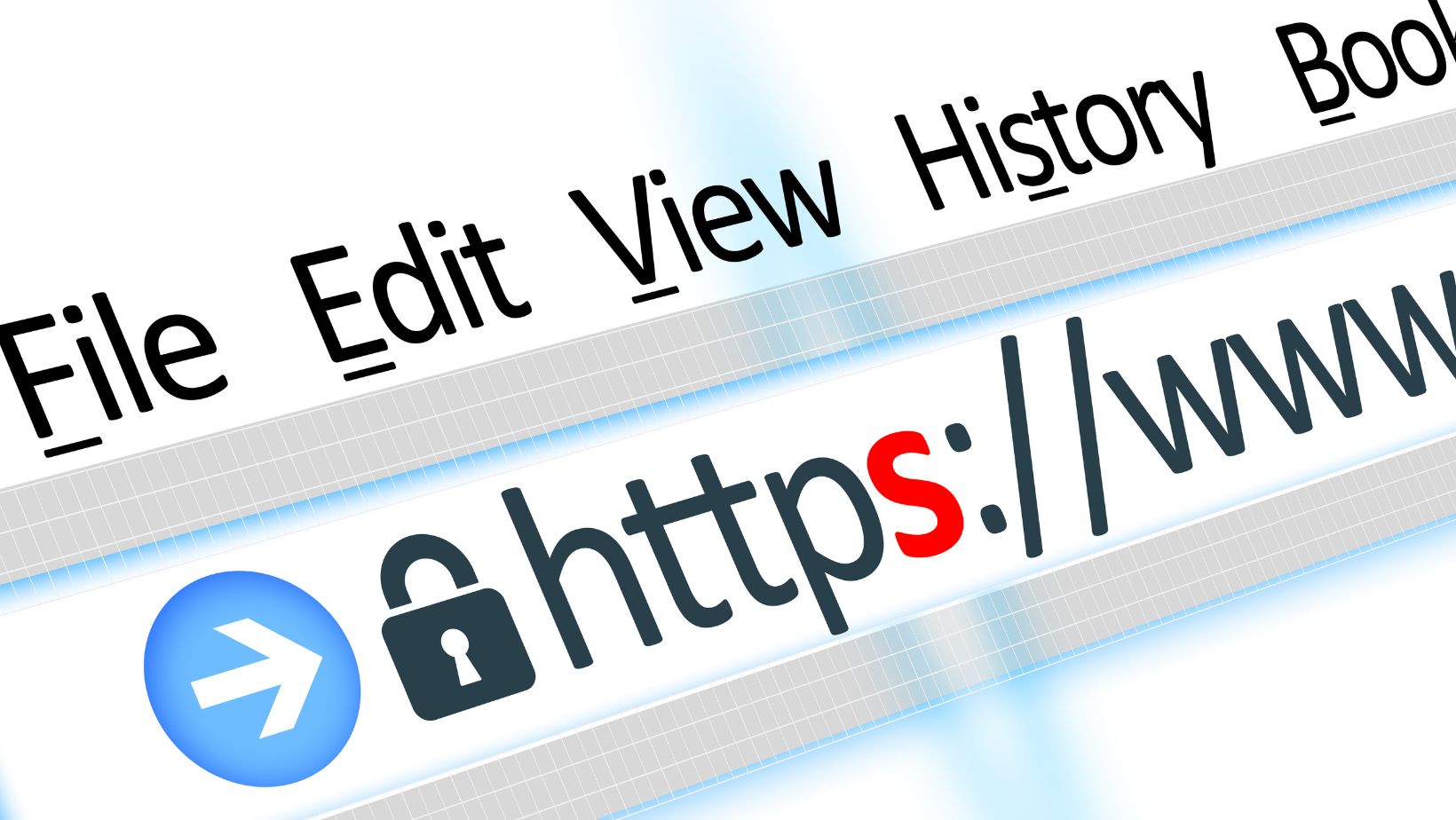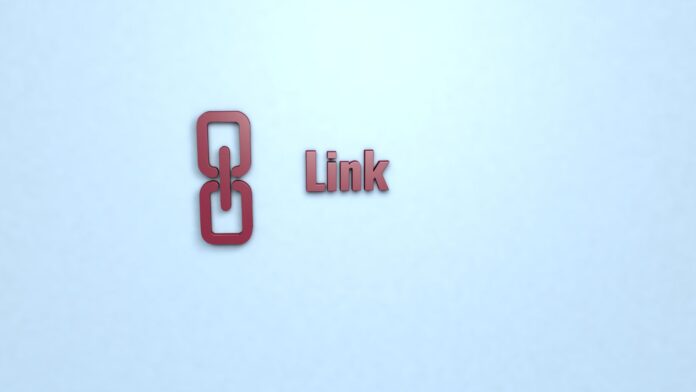When you want to create a public link for your content, there’s a simple step you can take. By setting share=true in the launch() function, you can easily generate a public link that allows others to access and view your content. This parameter enables the sharing functionality, ensuring that your content is accessible to anyone with the link.
The process of creating a public link becomes seamless with this straightforward method. By adding share=true within the launch() function, you are enabling the option for others to access your content through a public link. Whether it’s an article, document, or any other type of content, utilizing this feature ensures easy sharing and accessibility for all interested parties.
By setting share=true in the launch() function, creating a public link becomes effortless. This powerful capability allows you to share your content with ease and reach a wider audience. So why not take advantage of this handy option when sharing your valuable creations? Creating a public link can be a powerful tool in sharing information and resources with others. To create a public link, you simply need to set share=true in the launch() function. This feature allows you to easily share content, documents, or files with anyone, regardless of whether they have direct access to the source.
Exploring The share=true Parameter in launch()
When it comes to creating a public link, setting the share=true parameter in the launch() function can be an effective approach. This powerful feature allows you to easily share content with others and enable them to access it directly.
By utilizing the share=true parameter, you are essentially granting permission for anyone with the shared link to view or interact with your content. It eliminates the need for users to have specific credentials or accounts, making it convenient and user-friendly.
Here’s how you can implement this parameter in your code:
- Identify the section of your code where you want to incorporate the shareable link.
- Look for the launch() function that corresponds to that particular section.
- Add , share=true within the parentheses of the launch() function.
- Save and deploy your updated code.
Once you’ve completed these steps, a public link will be generated for your content. Anyone who has access to this link will be able to view and engage with your content without any additional authentication requirements.
It’s worth noting that using this feature does come with certain considerations. While it provides convenience and accessibility, it also means that anyone who possesses the shared link can access your content. Therefore, make sure you are mindful of what information or resources you choose to share using this method.

To Create A Public Link, Set `share=true` in `launch()`.
Setting the share=true parameter in the launch() function allows you to create a public link for your content. This feature is particularly useful when you want to share your work with others or make it accessible to a wider audience. In this step-by-step guide, I’ll walk you through the process of setting share=true and creating a public link.
- First, identify the specific piece of content that you’d like to share. It could be a document, image, video, or any other type of file that can be accessed through the launch() function.
- Once you’ve identified the content, locate the section of code where you call the launch() function. This is typically found within your application or website’s codebase.
- Next, add the parameter share=true inside the parentheses of the launch() function. Make sure it is placed correctly within any existing parameters and follows proper syntax conventions.
- Save your changes and deploy your application or update your website with the modified code.
- With share=true set in the launch() function, users will now have access to a public link for your content. They can simply click on this link to view or interact with it directly without needing any special permissions or credentials.
By following these simple steps and incorporating the share=true parameter in your code’s implementation of the launch() function, you can effortlessly create public links for easy sharing and accessibility of your content.
Remember that utilizing this feature gives you greater control over who can access and engage with your content by making it openly available via a public link. Whether it’s collaborating on documents, showcasing media files, or sharing resources with clients or colleagues, setting share=true in launch() streamlines how others can interact with what you’ve created.


